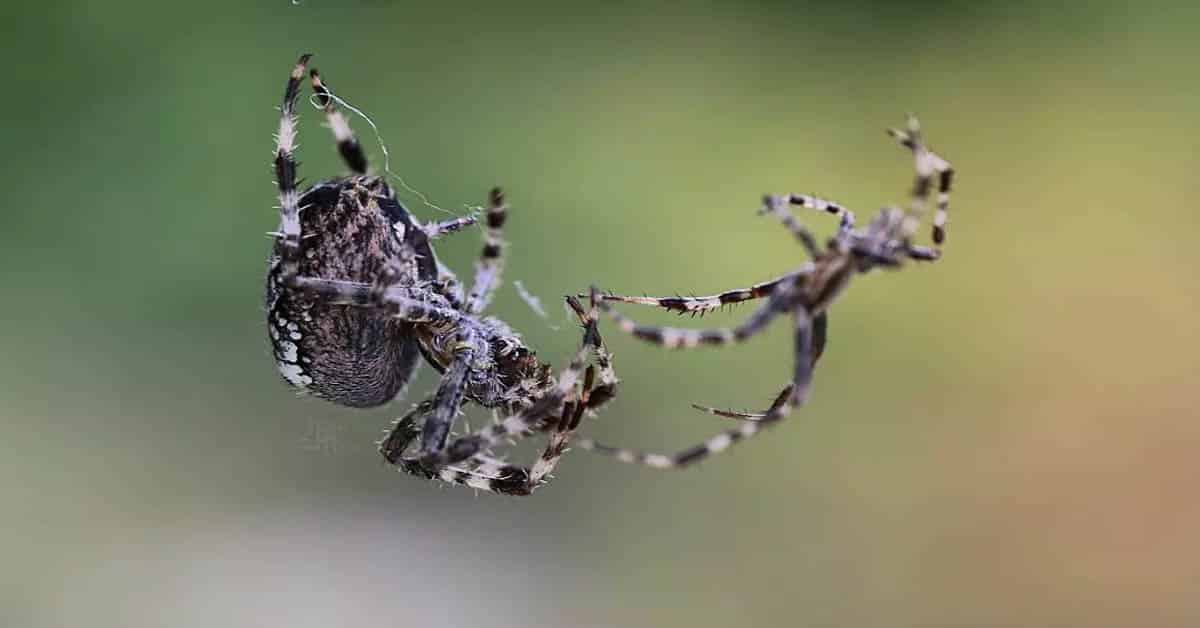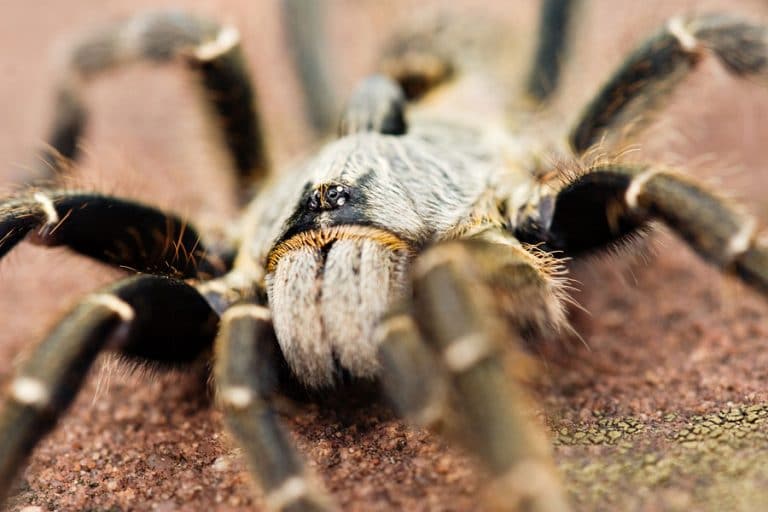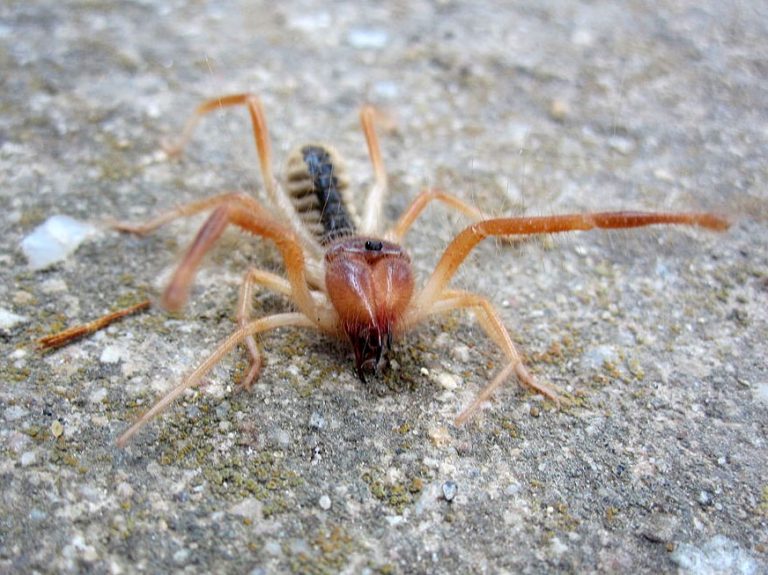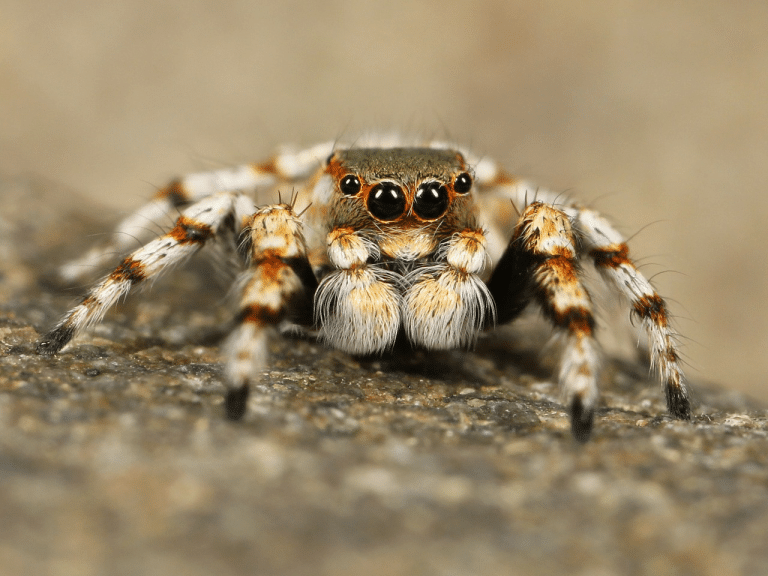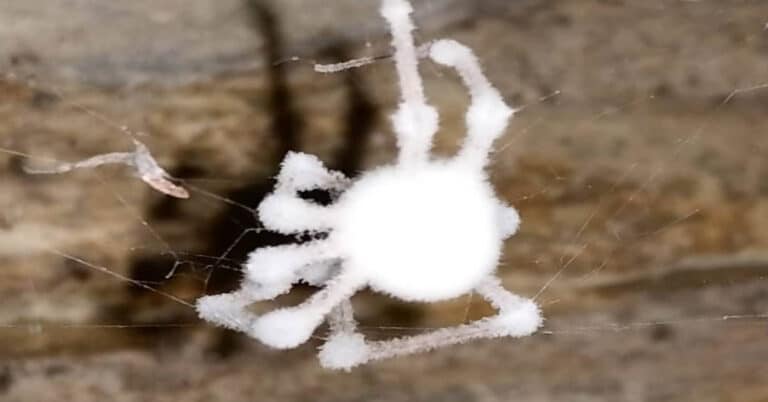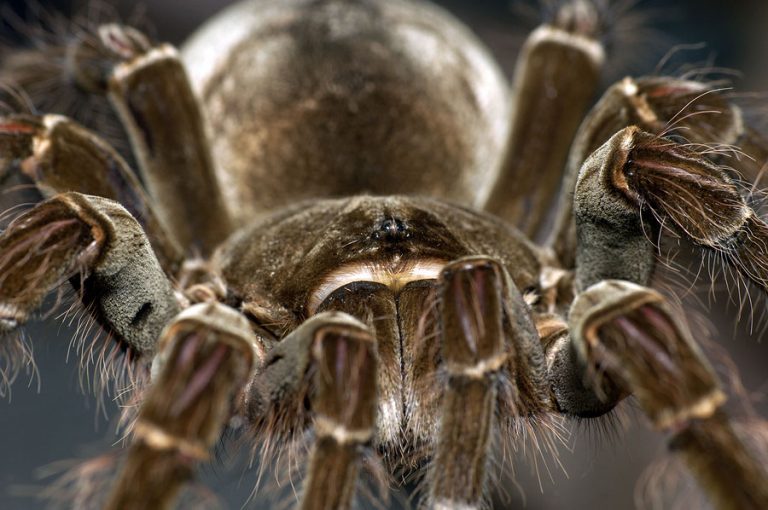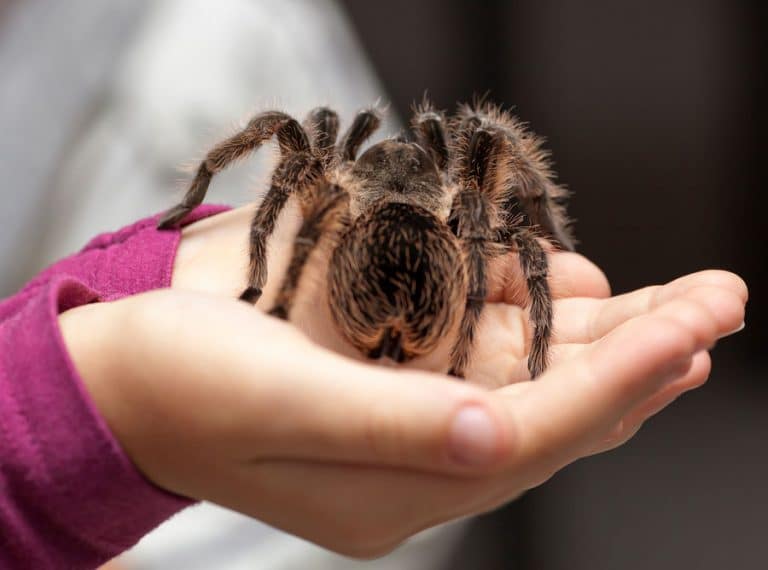How Do Spiders Mate?
Spiders are one of the most interesting creatures on Earth. There are more than 50,000 species of spiders that live all around the world. They are unique insects and can be found in many different habitats. Those 8-legged arthropods are seen everywhere, starting from houses, and ending in the deserts.
Since you came across this article, you must be wondering about how do spiders mate. So, let’s explore those secretive creatures more closely.
Interesting Facts About Spiders
Visual Characteristics Of Spiders
Before actually discussing how do spiders mate, let’s generally explore those insects. Starting with their visual characteristics.
Spiders have bodies that range in length from 0.02–3.5 inches. The hairy mygalomorphs, sometimes known as tarantulas, are the biggest spiders. They live in warm regions and are most prevalent in the Americas. The tiniest spiders are members of numerous families that are found in the rainforests and tropics. and knowledge of them first emerged in the 1980s.
Sexual size dimorphism is the term used to describe the fact that female spiders are often substantially bigger than males. A large number of female orb weavers exhibit severe size dimorphism, being at least twice as large as males of the same species. The difference in size is the result of the selection process.
The cephalothorax, which is located in front of the abdomen, is a feature shared by all spider species. The organs of the reproductive and digestive systems are located in the abdomen, while the glands that make silk are located on its underside.
They use their mini legs, also known as pedipalps, to grab the prey. The majority of the spiders have eight legs, yet the same species come with six legs.
Diet Of Spiders
All spiders hunt their prey. They typically enjoy smaller insects, invertebrates, and even other spiders. Rarely, a few extremely large spider species will prey on tiny animals like frogs, minnows, and lizards. Although many spiders are roving predators who don’t need silk to grab food, spiders are well known for entangling their victims in webs of sticky silk.
How Do Spiders Mate?
Spiders have pretty complicated mating habits. The process starts with the males and females finding the appropriate partner. The second step is successful mating, which can eventually end fatally for males. The third step of the reproduction process is when the female lays the eggs and protects them until hatching. So, let’s discuss how do spiders mate step by step.
Finding The Mate
The first part of the process of how do spiders mate is finding a partner. The main goal of a male spider’s life is to mate with at least one female spider before any other male can. It turns out that in most species, the process of reproduction is pretty complicated.
The first step in the process is finding the female. The majority of spider species are entirely solitary creatures that hunt and eat exclusively on their own. Typically, they are dispersed over a large region. Therefore, for all of these reasons, finding an available female might be difficult. The challenging goal for the male spider is to locate a sexually ready, receptive female nearby before other males do.
By “promoting” herself with communication molecules called pheromones, female spiders typically make the process easier for males. The females of most species release a chemical called pheromone. The secret comes right alongside the silky thread. They leave that thread behind them. The males found this line and followed it. They keep track by smelling the pheromone with their sensors, which are located on their front legs.
The pheromones can be released into the air too. The webs that are created by the female spiders get covered in those chemicals. Often, the males also go after the spiders that have not matured yet. So, how do spiders mate when females are not mature? They go and start living near them. Wait for the final molt to finish, so they can be the first ones to mate.
When a male finds a female, he must compete with others. The male’s initial task in species is to destroy the web in order to block the signal that might otherwise draw in other males. In most species, male spiders will fight with other males for the opportunity to mate with the female.
Courtship of Spiders
The spider’s next step, after dealing with the potential male competitors, is to make peace with the female. Since male spiders in their species are often considerably smaller than females, they are simple prey.
The male must communicate with the female to let her know that it belongs to the species of female and is not prey or food and that it wants to mate. So this is just like courtship. This is one of the most important parts of how do spiders mate.
Varied spider species have quite different courtship rituals. Many spiders that weave webs will vibrate to communicate with one another during courting. To share its intent, the male may strum a distinctive signal on a thread that is attached to the female’s web. Numerous wolf spider species and jumping spiders, as well as other spiders with stronger eyes, may “dance” to get the attention of females.
When a female notices a male courting her, she will position herself for intercourse to indicate to him that she is receptive. Or, she may not accept the male and will let him know this clearly. The male may go forward, fully aware that the female may kill him. This can happen if all the other spiders have mated nearby and he has no other choice.
Process Of Reproduction
Let’s answer the question of how do spiders mate. The reproductive organs of both sexes are located in the back of the abdomen. However, spiders do not have intercourse by coupling these parts. Instead, the male scatters a small amount of sperm onto a web, which he then picks up with the tip of his pedipalps.
The deposition of the egg into the female happens in the genital opening. This happens once the female gets in the position. The sperm is then stored near the ovaries in the organs called receptacles. They can keep the sperm stored for some time. Once the female is ready to lay the eggs, the sperm is then used for fertilization. The number of eggs that can be laid by the spiders can go up to the hundreds, and for some species, even up to the thousands. This is the process of how do spiders mate.
What Happens After The Egg Gets Fertilized?
We briefly talked about how do spiders mate. Yet, it is also interesting to see what happens after mating. Once fertilized, a spider’s eggs must be protected from threats until the babies emerge and can go on their own. In contrast to what we previously observed, some spider species would leave their eggs out on their own after encasing them. Yet, some eggs are located in the silken pouch and carried around with the mother spider.
Silken strands in the form of a ball are used by spiders to create their egg sacs. Through spinnerets located close to the abdomen’s bottom, the spider scatters the threads. At first, the threads come as a liquid. When released into the atmosphere, they take on a solid shape. These threads are used by spiders not only for just creating the sac, but also to construct webs, nests, and travel.
Numerous eggs can be seen in the egg sacs. The eggs develop into live spiders in a period of 2 to 3 weeks. Some spiders provide some brood care. For example, the females may rip open the cocoon to let the baby spiders out. The adult stage of development for the hatchlings takes roughly a year.
The spiderlings keep molting and expanding until they are sexually mature. The cycle then starts all over again. Males start looking for females, and females fertilize their eggs. The length of life varies depending on the species. However, certain spiders, including some female tarantula species, may live for up to 20 years. These spiders molt annually and lay eggs frequently throughout their lives.
What Happens After Hatching?
After exploring how do spiders mate, it is also interesting to see what happens after the babies have emerged. Spiderlings, the little spiders that emerge from the egg sac, start moving away from it right away. They will crawl up a branch or clump of grass and then spin silken threads.
The spider hatchlings are transported over great distances by the wind, colonizing environments far from their original location. “Ballooning of hatchlings” is the term for this dispersal. Many of these infant spiders, whether they are walking or ballooning, fall victim to some predators and threats such as pesticides, birds, wasps, and even other larger spiders.
Bottom Line – How Do Spiders Mate?
In this article above, we explored extraordinary creatures- spiders and answered a question of how do spiders mate. Spiders do not mate and reproduce like many other animals and insects around the world. They do not couple the mating organs.
The male spiders put their sperm on the small web. After that, it picks up this sperm with the pedipalps and waits for the female to get ready. Once it gets the signal from a female that she is in the position, then the sperm is transferred from the pedipalps to the genital opening of the female’s body. In short, this is how do spiders mate.

Nato is a content writer and researcher with a background in psychology who’s eager to explore the wonders of nature. As a travel enthusiast and animal lover, she hopes to inspire others to discover and cherish the beauty and importance of the natural world.

